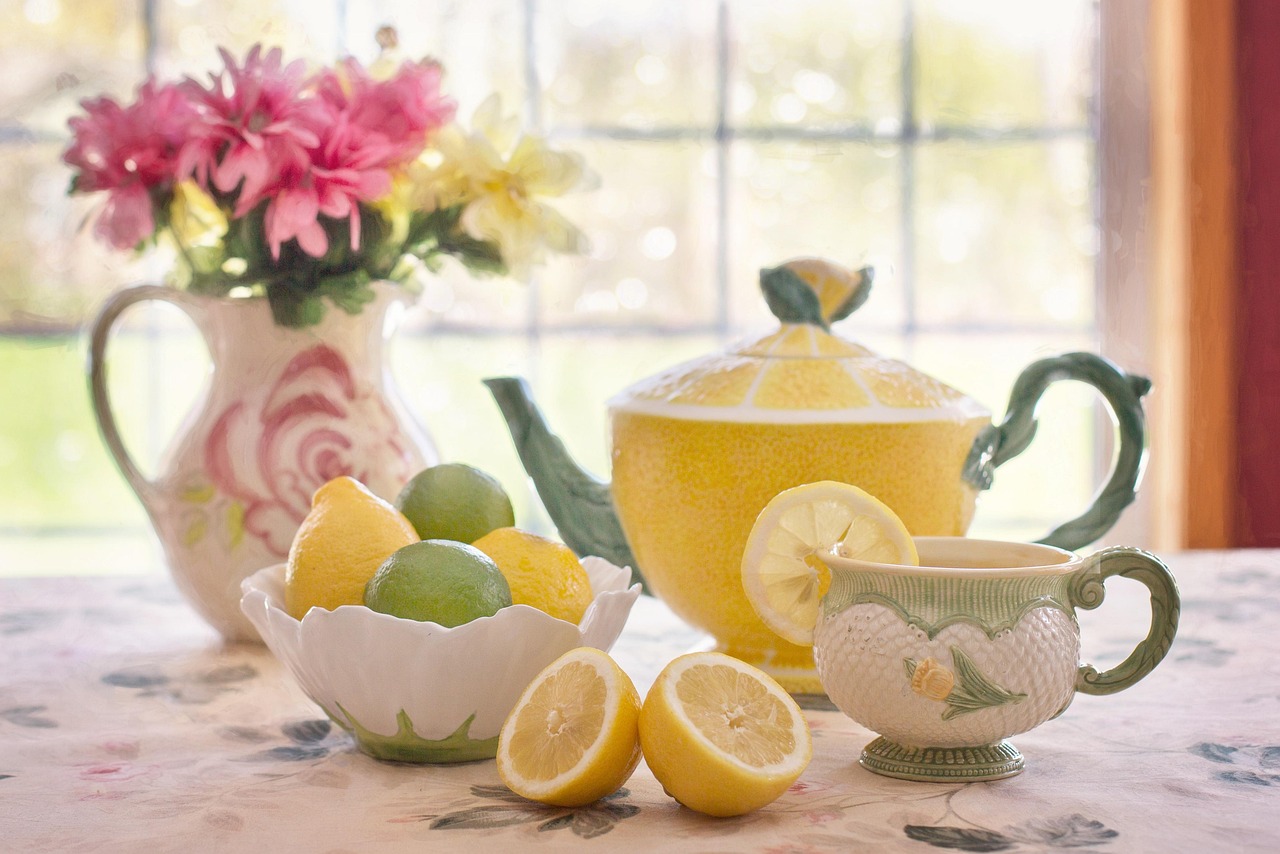Ahogy hűvösödik az idő és rövidülnek a nappalok, egyre több ember küzd megfázással, fáradékonysággal vagy levertséggel. Nem véletlen: ősszel az immunrendszerünk fokozott terhelésnek van kitéve. A szervezet ilyenkor átáll a „téli üzemmódra”, és ha nem támogatjuk tudatosan, könnyen legyengülhet. Szerencsére néhány egyszerű, természetes módszerrel sokat tehetünk azért, hogy ellenállóbbak maradjunk a vírusokkal és fertőzésekkel szemben.
1. Vitaminokkal az erős immunrendszerért
A C-vitamin mellett az őszi hónapokban különösen fontos a D-vitamin pótlása. Mivel kevesebb napfényhez jutunk, a szervezet D-vitamin-szintje gyorsan csökkenhet, ami az immunműködést is gyengíti.
Emellett ne feledkezzünk meg a cinkről, a szelénről és a magnéziumról sem – ezek együttesen segítik a szervezet védekezését és csökkentik a fáradtságérzetet.
2. Egészséges táplálkozás
Az őszi termések – alma, körte, szőlő, sütőtök, cékla – tele vannak antioxidánsokkal, rostokkal és vitaminokkal. A meleg levesek, főzelékek és gyógyteák nemcsak a testet, hanem a lelket is megerősítik.
Kerüljük a túlzott cukorbevitelt, mert a cukor gyengíti az immunválaszt, és inkább válasszunk mézet, gyömbért, fokhagymát és citromot, amelyek természetes „gyógyszerek” a megfázásos időszakban.
3. Pihenés és stresszkezelés
Az immunrendszer egyik legnagyobb ellensége a krónikus stressz. A túlterheltség, a rohanó életmód és az alváshiány mind gyengítik a szervezet védekezőképességét.
Próbáljunk minden nap legalább 7–8 órát aludni, és iktassunk be rövid pihenőidőket, akár pár perces légzőgyakorlatokat.
4. Mozgás a friss levegőn
Sokan ősszel visszahúzódnak, pedig a mozgás ilyenkor is kulcsfontosságú. Nem kell maratont futni – egy napi 30 perces séta vagy könnyű torna is fokozza a vérkeringést és serkenti az immunrendszer működését. A friss levegőn töltött idő ráadásul javítja a hangulatot és segít a D-vitamin-termelésben is.
5. Gyógynövényes támogatás
A természet patikája is segít: az echinacea (bíbor kasvirág), a csipkebogyó, a zöld tea vagy a homoktövis mind erősíthetik a szervezet védekező rendszerét.
Teaként, kapszulában vagy szirupként is fogyaszthatók, de érdemes kúraszerűen, mértékkel alkalmazni őket.
6. Hidratálás és levegőminőség
A hideg hónapokban gyakori a kiszáradás – nemcsak a bőr, hanem a nyálkahártyák is érzékenyebbé válnak, ez pedig megkönnyíti a vírusok bejutását. Igyunk elegendő vizet, és figyeljünk rá, hogy a lakásban ne legyen túl száraz a levegő: egy párologtató vagy egyszerű víztál a fűtőtestre csodákat tehet.
Az immunrendszer erősítése tehát nem egyetlen „csodaszer” kérdése, hanem életmódbeli egyensúly. A megfelelő étkezés, alvás, mozgás és lelki harmónia együttesen adja azt az erőt, ami ősszel is egészségesen tart minket.
Van véleményed? – Írd meg kommentben!
Te mivel erősíted az immunrendszeredet ősszel? Inkább természetes módszerekkel, vagy vitaminokkal?

